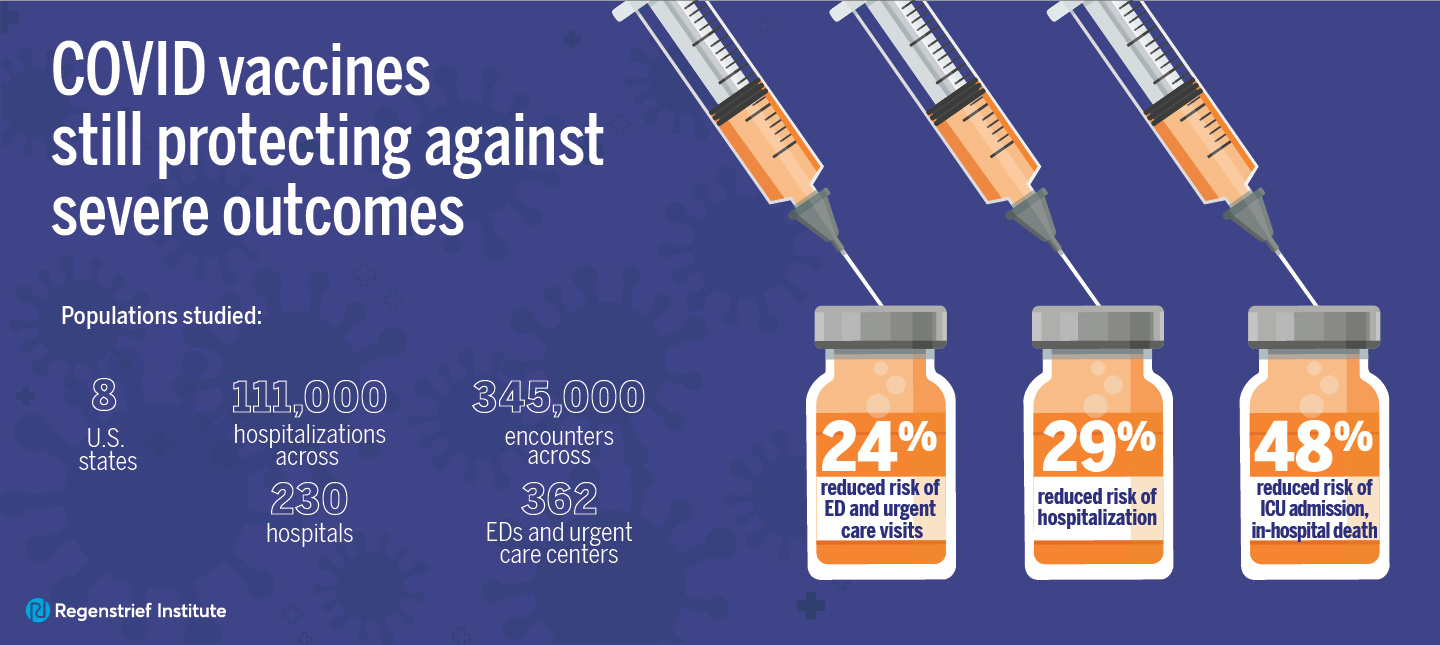Relationships of anxiety, depression, discrimination to substance use are dissimilar
Use of nicotine and cannabis products in varying forms including smoking and vaping by young adults is growing at a time of increased reports of mental health stressors — anxiety, depression and discrimination — by this age group.
In one of the first studies of the impact of these commonly co-occurring stressors on diverse young adults, researchers, including Arthur Owora, PhD, MPH, of Regenstrief Institute and Indiana University and Wura Jacobs, PhD, MSc, of IU School of Public Health-Bloomington, have found that these stressors have differing impacts on odds of substance use depending on the race or ethnicity of the young adult.
Among the study’s findings:
- Higher depression and discrimination increased odds of any nicotine or cannabis use among Hispanic young adults.
- Higher anxiety was associated with increased odds of dual nicotine and cannabis use among Hispanic young adults.
- Higher discrimination, whether or not co-occurring with depression and anxiety, was a risk factor for both nicotine and cannabis use among Hispanic and Asian young adults.
- Higher anxiety was associated with increased odds of any nicotine use among Black young adults.
- Conversely, higher depression among Black young adults was associated with reduced odds of any nicotine product use.
- Also, conversely, for Black young adults, discrimination was associated with reduced odds of dual nicotine and cannabis vaping.
“Following the behavioral determinants and trends of diverse Los Angeles young adults as they aged, we made nuanced findings indicating that stressors had different impacts on substance use by race and ethnicity at a critical age when behaviors are changing as they leave high school and are transitioning into post high school education or training or jobs and are facing the challenges of becoming independent,” said Regenstrief Institute Research Scientist Dr. Owora, a quantitative epidemiologist and applied biostatistician. “Our work may help inform program design and outreach efforts targeting reduction of nicotine and cannabis use by marginalized young adults.
“There’s a need to better align services that address a wider scope or a wider diversity of races and ethnicities,” he added. “For example, we are seeing people who are Hispanic and Asian have increased use of nicotine products versus people who are Black, where we’re seeing a reduction. There’s a missed opportunity to better target Hispanic and potentially Asian young adult populations around some of the harmful effects of substance use.”
A total of 2,478 young adults 18 to 29 years from Los Angeles, were surveyed:
- 57 percent identified as Hispanic.
- 19 percent identified as Asian.
- 15 percent identified as White.
- 4 percent identified as Black.
- 3 percent identified as Multiracial.
At the start of the study, in 2019, anxiety was not significantly different among young adults from the different racial/ethnic groups. However, depression and discrimination scores were significantly different. Depression scores were highest among Asian young adults followed by multiracial young adults, with White young adults reporting the lowest levels of depression. Discrimination was highest among Black young adults, followed by Asians, with White young adults reporting the lowest discrimination.
Over the course of the three-year follow up, not all of these stressors were similarly patterned:
- There was significant increase in depression, anxiety and discrimination for Hispanic young adults.
- Depression did not increase for Black young adults.
- Only discrimination but not depression or anxiety significantly increased for Asian young adults.
- Only depression but not anxiety or discrimination increased among White young adults.
“Everybody knows that children and adolescents are considered vulnerable because of their age. And we all know that we have to better guide them in their formative years.
But young adults are a group that people don’t tend to think about because they’re not children or adolescents. They’re technically adults because they’re 18 and above, but they’re technically also not fully adults because they don’t have that cognitive development that you expect at adulthood. In reality, they are a vulnerable group that’s usually considered non-vulnerable,” said study first author, behavioral epidemiologist Dr. Jacobs. “Young adults are in a transition period – they are still growing and trying to figure out how to manage these social and mental health stressors. We now know that what’s driving substance use risk for these different groups are not all the same.
“We expected that a higher experience of anxiety and discrimination and depression would lead to the use of the substances as a way to cope, but what we saw in the data was that actually only experience of everyday discrimination was associated with an increased likelihood of use of almost all product forms examined,” she noted. “We also saw that minority groups tend to experience a lot more mental health stressors versus non-minority groups.”
Among the screening tools used to assess mental health stressor levels was the Generalized Anxiety Disorder(GAD-7) scale, co-developed by Regenstrief Institute Research Scientist Kurt Kroenke, M.D., and used by researchers and clinicians worldwide as well as the Centers for Medicare and Medicaid Services, U.S. Department of Veterans Affairs and others.
Grant RO10CA22961 from the National Institutes of Health’s National Cancer Institute supported data collection.
“Race/ethnic differences in the association of anxiety, depression, and discrimination with subsequent nicotine and cannabis use among young adults: A prospective longitudinal study” is published in the peer reviewed journal Addictive Behaviors.
Authors and affiliations as listed in the paper:
Authors
Wura Jacobs1, Weisiyu Qin2, Tennisha N. Riley3, Erik S. Parker4, Arthur H. Owora5, Adam Leventhal6.
Affiliations
- 1Department of Applied Health Science, School of Public Health, Indiana University, United States.
- 2Department of Applied Health Science, School of Public Health, Indiana University, United States.
- 3Department of Counseling and Educational Psychology, Indiana University, United States.
- 4Department of Epidemiology and Biostatistics, School of Public Health, Indiana University, United States.
- 5Department of Epidemiology and Biostatistics, School of Public Health, Indiana University, United States.
- 6Preventive Medicine, Keck School of Medicine, University of Southern California, Los Angeles, CA, United States.
Arthur H. Owora, PhD, MPH
In addition to his role as a research scientist with the Clem McDonald Center for Biomedical Informatics at Regenstrief Institute, Arthur H. Owora, PhD, MPH, is an associate professor of pediatrics at the Indiana University School of Medicine and an adjunct associate professor at IU School of Public Health-Bloomington. The Translational Informatics, Biostatistics and Epidemiology (TIBE) laboratory, led by Dr. Owora, applies novel biostatistical and machine learning methodologies to different (structured and unstructured) and multiple data sources (active and passive) to generate analytics and insights to inform effective clinical decision-making at point-of-care.









